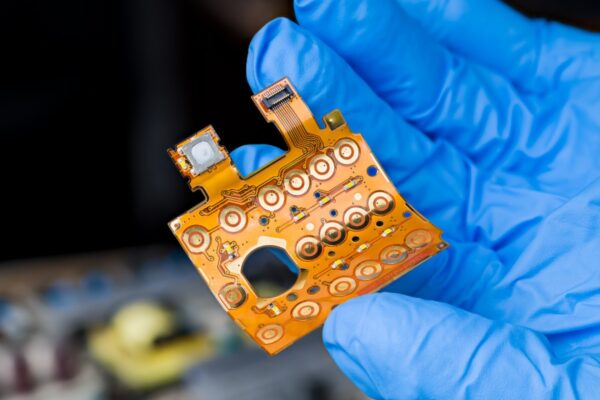What is Layer-to-Layer Spacing
Layer-to-layer spacing is the distance or clearance between adjacent layers or conductive circuitry in a multilayer printed circuit board. It is essential in PCB design to ensure the proper separation between different layers, preventing potential issues such as arcing or electrical breakdown.
This spacing is particularly crucial when dealing with high voltage traces in close proximity to low-voltage signals. Neglecting to account for sufficient layer-to-layer spacing can result in arcing, where sparks may occur across the high voltage trace to the signal trace through the insulating layer. This can lead to severe damage to the low-voltage components and overall circuit functionality.
To address this concern, designers must carefully consider the layer-to-layer spacing in their PCB designs. While clearance refers to the distance measured in a straight line when exposed to the air, creepage is a more accurate term used to describe the separation between high voltage conductors. It is measured along the surface of the insulating material.





